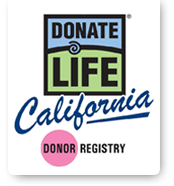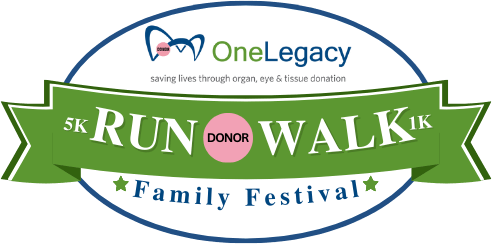Find out what tissues are transplantable? What tissues can be donated? And how these tissues save and heal lives?
Did you know that being a tissue donor can heal more than 75 lives as a tissue donor? This is done through the wide variety of tissues that can be donated.
Click to find out what tissues can be donated:
- About 21 square feet of skin, weighing up to 15 pounds, cover the average adult. Not only is skin the body’s first line of defense against microbes, but it also regulates heat and fluids in the body.
- Skin can be used to aid in the healing process for severe burn victims and people who suffer from a disfiguring injury or disease.
- Donated skin grafts will protect recipients from infection while promoting regeneration of their own skin.
- Skin from donors is removed from the back of the body and can be used to repair large hernias or for tissue reconstruction.
- Donation of skin does not affect the appearance of a donor nor viewing at funeral services.
- Bones consist of living protein fibers that constantly rebuild themselves.
- The humerus, radius and ulna are the bones in the arm that can be recovered.
- Bones can be transplanted in order to prevent amputation, promote healing, maintain mobility and structure.
- After the bone and soft tissues are recovered, trained professionals replace the bone with prosthetics for funeral viewing arrangements.
- Corneas are needed to restore the sight to those that have lost their vision.
- The cornea is the clear, dome-shaped window covering the front of the eye.
- Traumatic accidents to the eye, infections and inherited eye diseases like Keratoconus are just a few reasons why cornea donation is needed.
- Almost anyone, regardless of age or medical condition, can donate their whole eyes or corneas for transplant and/or research.
- After the cornea has been recovered, the whole eye as well as the sclera, can be utilized for reconstructive or cosmetic surgery.
- Whole eyes are valuable for research and medical procedure training.
- Arteries carry oxygenated blood from the heart to the rest of the body and veins bring the deoxygenated blood back.
- Many people lose circulation in their legs, or even in their heart, due to disease or trauma.
- Donated veins are used to restore circulation in heart bypass surgeries and to avoid leg amputation for people suffering poor circulation.
- The gift of bone and connective tissues helps individuals with various orthopedic and neurological conditions.
- Tissue includes tendons, ligaments and cartilage that will be used in a variety of back, joint and leg surgeries, such as hip replacement, knee reconstruction and spinal fusion.
- After the bone and soft tissues are recovered, trained professionals replace the bone with prosthetics for funeral viewing arrangements.
- Blood is pumped through the heart’s four chambers aided by four heart valves that open and close and prevent blood from flowing backward.
- Infections and age-related diseases can damage heart valves. Some children are born with malformed valves.
- Heart valves can be recovered when the whole heart is determined not to be viable for transplant.
- Donated human vessels and valves are used as replacements that can mean the difference between life and death to recipients.







